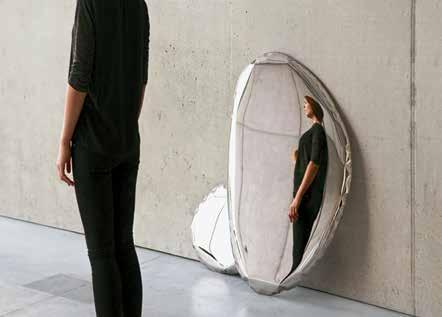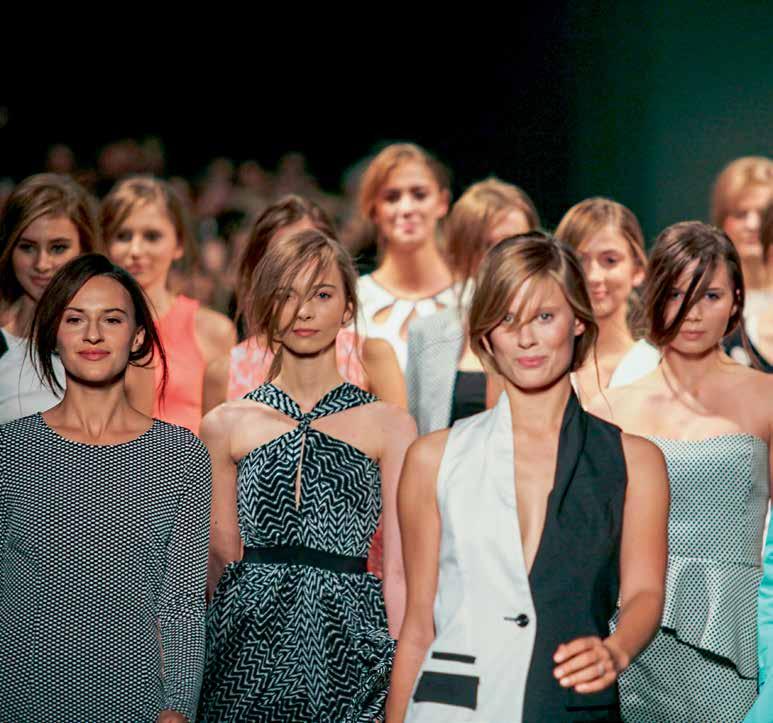
4 minute read
Design
Tracksuits, tulle and moustache
For years the moustache symbolized a certain traditional, provincial and frumpy Poland. But 8 years ago ‘Mustache’ became the hallmark of new, independent, contemporary fashion created by hundreds of Polish designers. ‘Mustache’ is a huge fashion trade fair organized by Patrick Deba and Konrad Ozdowy, attracting some 400 exhibitors. But it is also an online platform, shop, clearinghouse and knowledge base for the finest young talent in fashion and design.
Advertisement
And that’s not the whole market. The hUSh platform operates along similar lines, bringing together a big group of designers to present original fashion. On top of this are the Pretty Things Fair and Wzory, focal points for independent designers of decorative art, furniture and interiors. Together these initiatives have brought stylish bazaars to Polish cities x
Illustrations that speak
The Mizielińskis. If you haven’t heard their name yet, you will soon. Aleksandra Mizielińska and Daniel Mizieliński, a married couple and graphic artist duo, are a true phenomenon. In the course of a few years they became the authors of children’s books known all over the world, illustrated in a characteristic manner that speaks to audiences everywhere. Their biggest hit is Maps, a fascinating journey through 42 countries on all continents. It has been published in 20 languages in 28 countries and won the Prix Sorcières 2013 and Premio Andersen 2013, among other prizes. When the New York Times named it to a list of the six most interesting and best-illustrated books for children in 2013, it sold out immediately on Amazon •
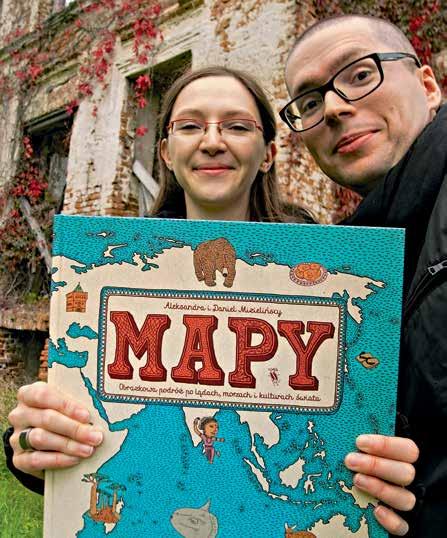
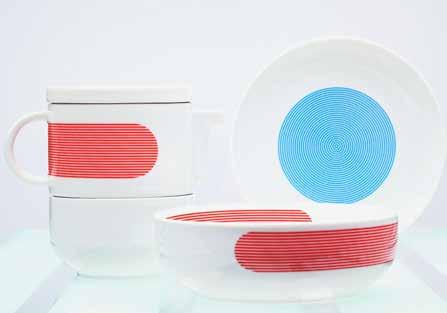
The new shape of traditional crafts
The faience and porcelain plant in Ćmielów was founded 225 years ago. That’s a big slice of design history. The blue and white style inspired by Polish folklore reigned supreme there for years. But recently new projects have been launched, Qubus, Cosmopolitan and New Atelier, alluding to classic modern designs from the 1950s and 1960s but in a much more contemporary form •
LATO – a font developed by Łukasz Dziedzic which accidentally conquered the world! Dziedzic was once hired by a big bank to develop a bespoke typeface, but the client cancelled the order before the deal could close. So the Polish designer uploaded his font to the Internet as freeware. The effect? According to Google statistics, Lato is the third-most often downloaded font on the planet. Which goes to show that global success can be won without even trying!•
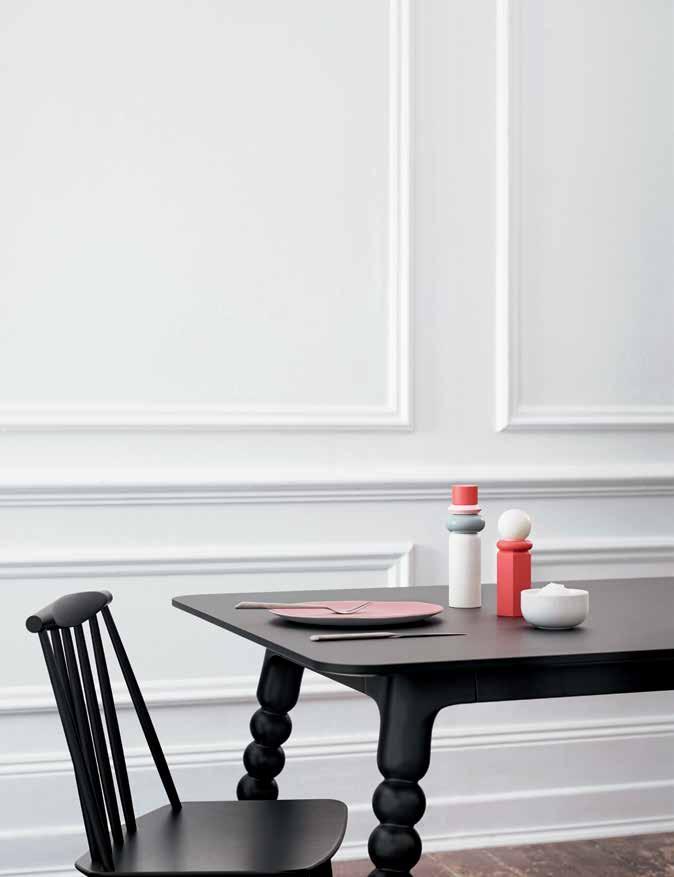
Design it yourself
A group of young Polish designers, architects and entrepreneurs from Tylko.com offer an application enabling users to design their own furniture – or at least tailor it to their individual needs. The app uses expanded reality technology to allow the customer to collaborate with the designer and adjust the design to the user’s preferences and the user’s own living space. Tylko.com debuted at designjuction2015, the main exhibition at the London Design Festival, where it was named one of the top 10 most innovative projects and won USD 1.6 million in financing from eight foreign investors •
Furniture made in Poland
Polish furniture design has a long and respected history. It continues today with successes by a younger generation of designers.
Przemysław ‘Mac’ Stopa is a visionary designer inspired by colour, geometry and 3D. He is the founder of the Warsaw studio Massive Design and the winner of a record number of prestigious Red Dot Product Design Awards, the ‘design Oscars’. In 2015 he won three Red Dot awards, for the Pelikan chair, the Breaking Form collection of modular floor coverings, and the Hybrid Collection, decorations created by combining various materials on a glass surface.
Agata Kulik-Pomorska and Paweł Pomorski founded the studio Malafor, where they create furniture referencing the concepts of recycling, ecology, and repurposing of commonly available materials and objects. In 2012 they received a Red Dot for their Blow sofa design from inflated recycled paper bags.
Oskar Zięta is also known for inflated furniture. He created an advanced technology for ‘pumping’ furniture out of metal sheets. His furniture is displayed at locations like the Centre Pompidou in Paris and the Pinakothek der Moderne in Munich. Wired magazine called Zięta’s designs ‘the furniture of the future’, and indeed in the future they could even appear on Mars. Seriously. The first design has already been drawn up for a base station on another planet, with a skeleton made from Zięta’s deformed profiles •
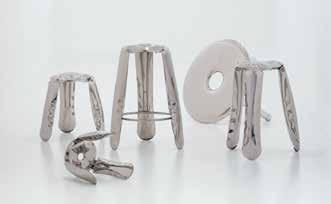
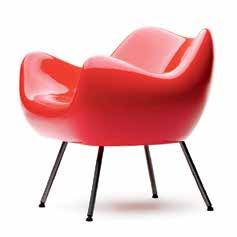
Armchair created by the Polish designer Roman Modzelewski in 1958 from a polyester, from the formal perspective was a world-class example of a fully formed, homogeneous organic shell seat •
FiDU
An original technology developed by designer and architect Oskar Zięta used to manufacture lightweight and durable furniture and sheetmetal constructions. The Danish firm Hay has launched production of the Plopp stool (AbOVE) for which Zięta received a Red Dot, the most prestigious award in the design world. FiDU enables production of extremely durable elements from very thin sheets, and the material can also be freely shaped (RIGTh) •
